After a wet and wild late springtime with heavy rains, high flows and a few flash floods that caused a couple of landslides the Owyhee River has settled to 260 CFS. The river is in good shape and the fishing continues to improve with nymph fishing being the most productive approach earlier in the day. The dry fly fishing is gaining momentum especially on the lower stretches of the river below the tunnel. Caddis are coming off in significant numbers producing excellent opportunities to hook fish on the surface. PMD hatches are coming off mid-afternoon until evening time, bringing fish to the surface. Yellow Sallies have produced some exciting dry fly action during the middle of the day. I have witnessed multiple hatch scenarios between 2pm and 5pm on several occasions since June 15 with Caddis, PMD’s, BWO’s, Speckle Winged Callibeatis and Yellow Sallies buzzing around simultaneously on stretches of the river below the tunnel.
Here’s some of the go to fly patterns that have been successful lately: Pheasant tail Nymphs size 16-20, Split back PMD nymphs size 16-18, bead head earlier in the day and Split back PMD without bead heads in the afternoon (the reason for this is because these nymphs are deeper in the river early in the day and as the day warms up these nymphs are higher in the water column as they are making their way to the film surface to hatch). Split back BWO nymphs size 18-20 and Beatis soft hackle nymphs size 18-20 will pick up fish. Caddis larvae nymphs in olive and tan or olive hare’s ear nymphs size 16 will grab attention. A basic gold ribbed hare’s ear nymph size 16 will so a good job imitating a callibaetis and Yellow Sally nymph but there are patterns that you can buy or tie that would be more anatomically correct. Some of the most productive dry flies that will bring up fish are Comparadun BWO’s size 18-20, Comparadun PMD’s with trailing shuck size 16/18, PMD cripple patterns size 16/18, brown elk hair caddis size 14/16 and CDC bubble back caddis emergers 16/18 will fish well alone or with a PMD split back nymph dropper fly. In many cases it’s best to fish the CDC bubble back caddis emerger off the back of a larger caddis dry fly. I don’t know why it is but I have had continual success fishing an Adams post dry fly size 12/14 and a standard renegade size 12/14 during caddis hatches, these two flies are tried and true dry fly pattern that withstand the test of time. CDC winged Yellow Sally’s are grabbing the attention of these brown trout in the afternoon hours and will provide some hook ups. Don’t hesitate to try a hopper dropper set up with Chernobyl style grasshoppers or beetles and ant patterns can really be affective too as we make our way into July. We are particularly fishing 3/4x leader when nymphing and 5x leader with dry flies.
Good luck and happy fishing!


Recent Comments